Home>Home Appliances>Laundry Appliances>How To Get Rid Of Black Flakes In A Washing Machine
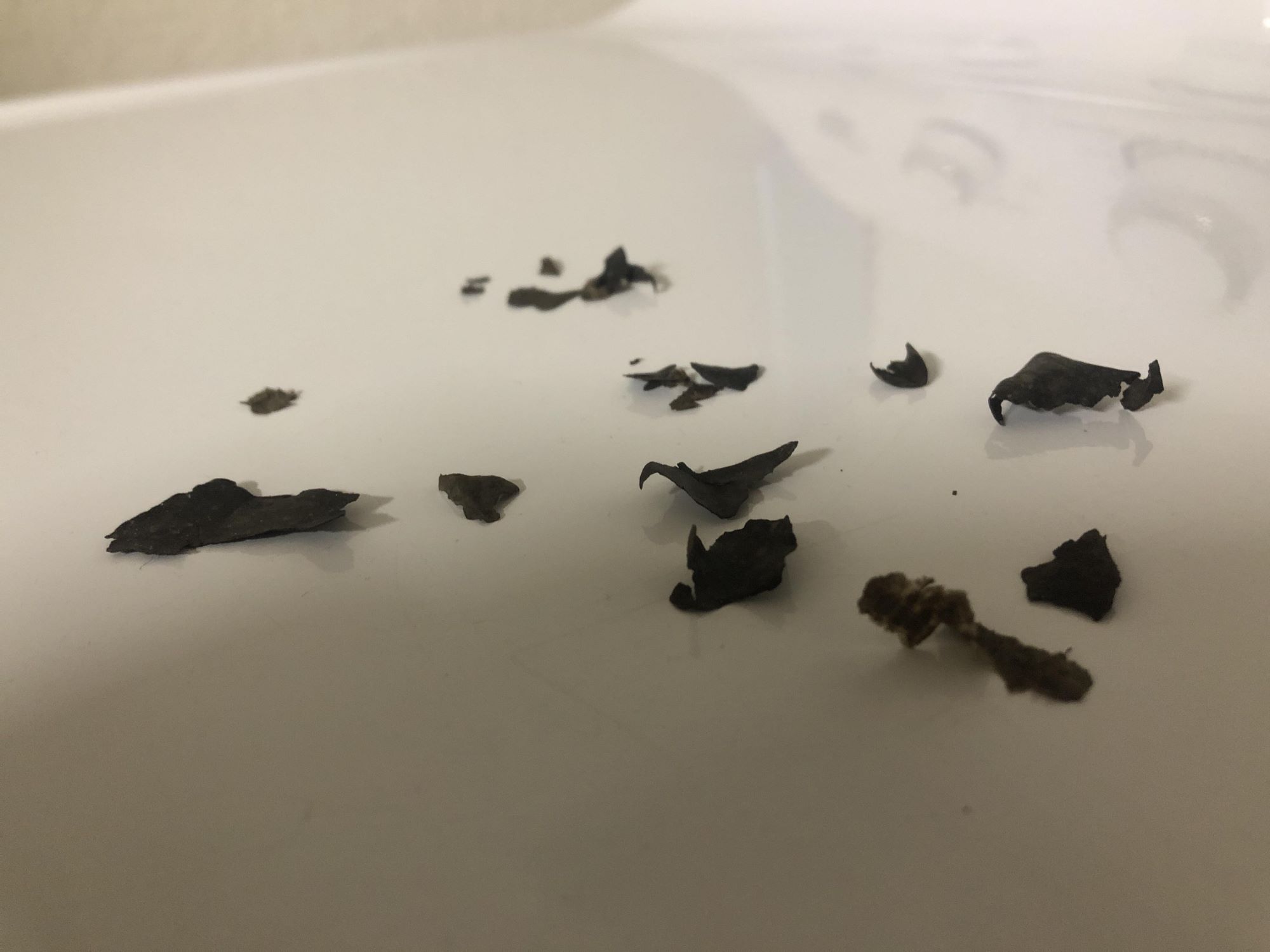

Laundry Appliances
How To Get Rid Of Black Flakes In A Washing Machine
Modified: May 6, 2024
Learn effective tips to eliminate black flakes in your washing machine. Keep your laundry appliances clean and free from residue.
(Many of the links in this article redirect to a specific reviewed product. Your purchase of these products through affiliate links helps to generate commission for Storables.com, at no extra cost. Learn more)
Understanding the Cause of Black Flakes
Black flakes in a washing machine can be a frustrating and perplexing issue for many homeowners. These unsightly particles can find their way onto freshly washed clothes, leaving behind stains and a sense of unease. To effectively address this problem, it's crucial to understand the root cause of these black flakes.
One common culprit behind the appearance of black flakes is the accumulation of dirt, grime, and detergent residue within the washing machine. Over time, these substances can congeal and form unsightly black flakes that ultimately find their way onto laundry during the wash cycle.
Furthermore, the rubber gasket around the door of the washing machine can also be a breeding ground for mold and mildew. When neglected, these unwelcome intruders can break down and release black flakes into the wash, leading to stained and unpleasant-smelling clothes.
In addition, the use of fabric softeners and liquid detergents can contribute to the buildup of residue within the machine, potentially exacerbating the issue of black flakes. These products often contain oils and additives that, when combined with dirt and grime, can form a stubborn and unsightly residue that manifests as black flakes on clothing.
Understanding the cause of black flakes in a washing machine is the first step toward effectively addressing this issue. By recognizing the factors that contribute to the formation of these particles, homeowners can take proactive measures to eliminate them and restore their washing machine to optimal performance.
Key Takeaways:
- Say goodbye to black flakes in your washing machine by cleaning the drum and gasket regularly. Use vinegar and baking soda to dissolve residue and prevent future buildup, keeping your laundry clean and fresh.
- Keep your washing machine pristine by running a cleaning cycle with bleach and maintaining a regular cleaning schedule. Prevent black flakes by using natural cleaning agents and specialized washing machine cleaner, ensuring optimal performance and peace of mind.
Cleaning the Drum and Gasket
Ensuring the cleanliness of the washing machine's drum and gasket is paramount in preventing the accumulation of black flakes. Begin by inspecting the drum for any visible residue or foreign particles. Use a damp cloth or sponge to wipe down the interior of the drum, paying close attention to areas where residue tends to accumulate, such as the detergent dispenser and the rubber seal around the door.
Next, shift your focus to the rubber gasket, which is prone to harboring mold and mildew. Carefully examine the folds and crevices of the gasket, as these are common areas where black flakes and residue may be lurking. To effectively clean the gasket, prepare a solution of warm water and mild detergent. Dip a soft-bristled brush or cloth into the solution and gently scrub the gasket, ensuring that all traces of mold, mildew, and residue are thoroughly removed.
For stubborn residue or mold buildup, a mixture of equal parts water and white vinegar can be highly effective. The acidic properties of vinegar work to dissolve and eliminate mold and mildew, while also combating the formation of black flakes. After applying the vinegar solution, allow it to sit for a few minutes before wiping the gasket with a clean, damp cloth.
To further enhance the cleanliness of the drum and gasket, consider using a specialized washing machine cleaner. These products are specifically formulated to target and eliminate residue, mold, and mildew, thereby preventing the formation of black flakes. Follow the manufacturer's instructions for the appropriate usage of the cleaner, ensuring that it effectively reaches all areas of the drum and gasket.
Regular maintenance of the drum and gasket is essential in preventing the recurrence of black flakes in the washing machine. By incorporating these cleaning practices into your laundry routine, you can effectively combat the buildup of residue and maintain a clean and efficient washing machine. This proactive approach not only safeguards your clothing from unsightly black flakes but also promotes the longevity and optimal performance of your washing machine.
Using Vinegar and Baking Soda to Remove Residue
Utilizing natural and readily available household ingredients, such as vinegar and baking soda, can be a highly effective method for combating residue and preventing the formation of black flakes in a washing machine. These simple yet powerful substances work in tandem to dissolve and eliminate stubborn buildup, restoring the machine to a pristine condition.
To initiate the cleaning process, start by preparing a solution of equal parts white vinegar and water. White vinegar, renowned for its acidic properties, serves as a potent agent in dissolving residue, mold, and mildew within the washing machine. The mild acidity of vinegar not only eradicates existing buildup but also inhibits the formation of black flakes, thereby safeguarding the cleanliness of your laundry.
Once the vinegar solution is prepared, pour it into the detergent dispenser of the washing machine. Additionally, pour a small amount of the solution directly into the drum. This ensures that the entire interior of the machine is exposed to the cleansing properties of vinegar, effectively targeting any hidden residue or mold.
Following the application of the vinegar solution, it's time to introduce baking soda into the cleaning process. Baking soda, renowned for its natural deodorizing and abrasive properties, serves as an excellent complement to vinegar in combating residue and mold. Sprinkle a generous amount of baking soda directly into the drum of the washing machine. This will work in conjunction with the vinegar to break down and eliminate any remaining residue, while also neutralizing odors and freshening the interior of the machine.
With the vinegar and baking soda in place, initiate a hot water wash cycle. The combination of heat, vinegar, and baking soda creates a powerful cleaning environment within the washing machine, effectively dissolving and dislodging any lingering residue or mold. Allow the cycle to run its course, ensuring that the cleaning solution thoroughly permeates the drum and gasket.
Upon completion of the cleaning cycle, inspect the interior of the washing machine for any remaining residue or black flakes. Use a damp cloth to wipe down the drum and gasket, removing any traces of residue that may still be present. The potent combination of vinegar and baking soda works to not only eliminate existing buildup but also prevent the recurrence of black flakes, thereby promoting a consistently clean and efficient washing machine.
Incorporating the use of vinegar and baking soda into your regular cleaning routine can significantly contribute to the maintenance of a pristine washing machine. By harnessing the natural cleaning properties of these household ingredients, you can effectively combat residue and mold, ensuring that black flakes become a thing of the past. This proactive approach not only preserves the cleanliness of your laundry but also extends the longevity and optimal performance of your washing machine.
Run a hot water cycle with 2 cups of white vinegar to dissolve and remove black flakes in the washing machine. Wipe the drum and door seal to remove any remaining residue.
Running a Cleaning Cycle with Bleach
Running a cleaning cycle with bleach is a highly effective method for eradicating stubborn residue, mold, and bacteria within a washing machine, thereby preventing the formation of black flakes on laundry. Bleach, renowned for its powerful disinfecting and whitening properties, serves as a potent agent in purging the interior of the machine of any lingering contaminants.
To initiate the cleaning process, pour a measured amount of bleach into the detergent dispenser of the washing machine. The quantity of bleach required may vary depending on the capacity of the machine, so it is essential to refer to the manufacturer's guidelines for the appropriate dosage. Additionally, ensure that the bleach is suitable for use in washing machines and is compatible with the specific model.
Following the introduction of bleach into the detergent dispenser, select a hot water wash cycle on the washing machine. The combination of heat and bleach creates a robust cleaning environment within the machine, effectively targeting and eliminating any residual mold, mildew, or bacteria. This powerful cleansing action not only purges the interior of the machine but also disinfects and deodorizes it, leaving it fresh and pristine.
Allow the cleaning cycle to run its course, ensuring that the bleach-infused water thoroughly permeates the drum and gasket. The duration of the cycle may vary depending on the specific settings of the washing machine, so it is important to monitor the progress and allow the cycle to complete its full duration.
Upon completion of the cleaning cycle, inspect the interior of the washing machine for any remaining residue or signs of mold. Use a damp cloth to wipe down the drum and gasket, ensuring that any traces of residue are effectively removed. The potent combination of heat and bleach works to not only eliminate existing contaminants but also prevent the recurrence of black flakes, thereby promoting a consistently clean and efficient washing machine.
Incorporating the use of bleach into a regular cleaning routine can significantly contribute to the maintenance of a pristine washing machine. By harnessing the disinfecting and purging properties of bleach, homeowners can effectively combat residue, mold, and bacteria, ensuring that black flakes become a thing of the past. This proactive approach not only preserves the cleanliness of laundry but also extends the longevity and optimal performance of the washing machine.
Maintaining a Regular Cleaning Schedule
Consistency is key when it comes to maintaining a clean and efficient washing machine. Establishing a regular cleaning schedule not only prevents the buildup of residue and mold but also ensures that black flakes become a distant memory. By incorporating simple yet effective cleaning practices into your routine, you can safeguard the cleanliness of your laundry and promote the optimal performance of your washing machine.
To begin, aim to clean the drum and gasket of the washing machine at least once a month. This proactive approach prevents the accumulation of residue and mold, thereby minimizing the risk of black flakes appearing on your laundry. Use a damp cloth or sponge to wipe down the interior of the drum, paying particular attention to areas where residue tends to accumulate. Additionally, inspect the rubber gasket for any signs of mold or mildew, and promptly address any buildup using a mild detergent or vinegar solution.
In addition to regular manual cleaning, consider running a maintenance cycle with specialized washing machine cleaner every few months. These products are specifically formulated to target and eliminate residue, mold, and mildew, thereby preventing the formation of black flakes. Follow the manufacturer's instructions for the appropriate usage of the cleaner, ensuring that it effectively reaches all areas of the drum and gasket.
Furthermore, incorporating natural cleaning agents, such as vinegar and baking soda, into your routine can significantly contribute to the maintenance of a pristine washing machine. The mild acidity of vinegar and the abrasive properties of baking soda work in tandem to dissolve residue, combat mold, and prevent the formation of black flakes. By periodically running a cleaning cycle with these household ingredients, you can effectively cleanse and deodorize the interior of the machine, ensuring that it remains free from unsightly contaminants.
Moreover, consider the regular use of bleach to disinfect and purify the washing machine. Running a cleaning cycle with bleach not only eliminates stubborn residue and mold but also prevents the recurrence of black flakes. The powerful disinfecting properties of bleach create a robust cleaning environment within the machine, effectively purging it of any lingering contaminants.
By adhering to a consistent cleaning schedule and incorporating these proactive measures into your routine, you can effectively combat the buildup of residue and mold, ensuring that black flakes remain a thing of the past. This approach not only preserves the cleanliness of your laundry but also extends the longevity and optimal performance of your washing machine, providing peace of mind and pristine results with every wash.
Now that you've tackled those pesky black flakes in your washing machine, why stop there? If your washer starts acting up, getting to the root of the problem quickly can save you from bigger headaches down the road. Check out our simple guide on how to fix common issues. And while you're in the cleaning mood, don't forget your kitchen's workhorse: the refrigerator. We've got some handy tips for making it sparkle, inside and out, ensuring everything from apples to zucchini stays fresh longer.
Frequently Asked Questions about How To Get Rid Of Black Flakes In A Washing Machine
Was this page helpful?
At Storables.com, we guarantee accurate and reliable information. Our content, validated by Expert Board Contributors, is crafted following stringent Editorial Policies. We're committed to providing you with well-researched, expert-backed insights for all your informational needs.
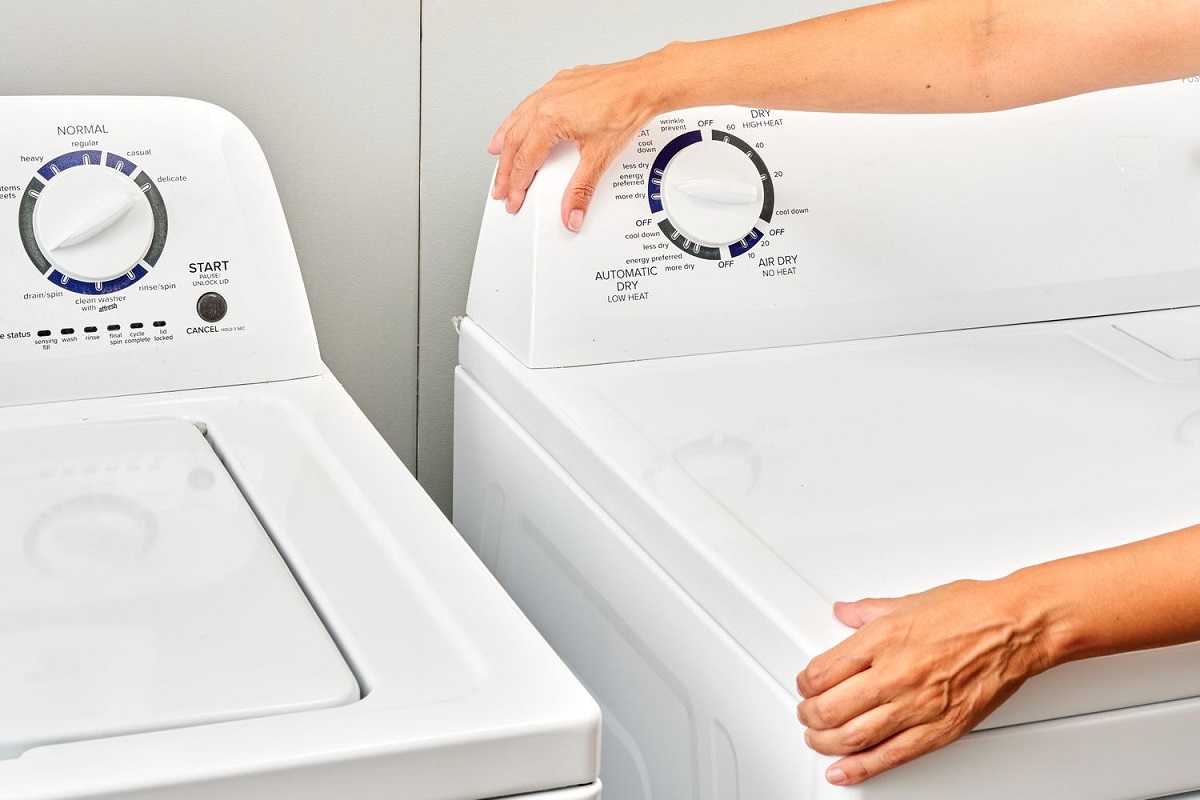
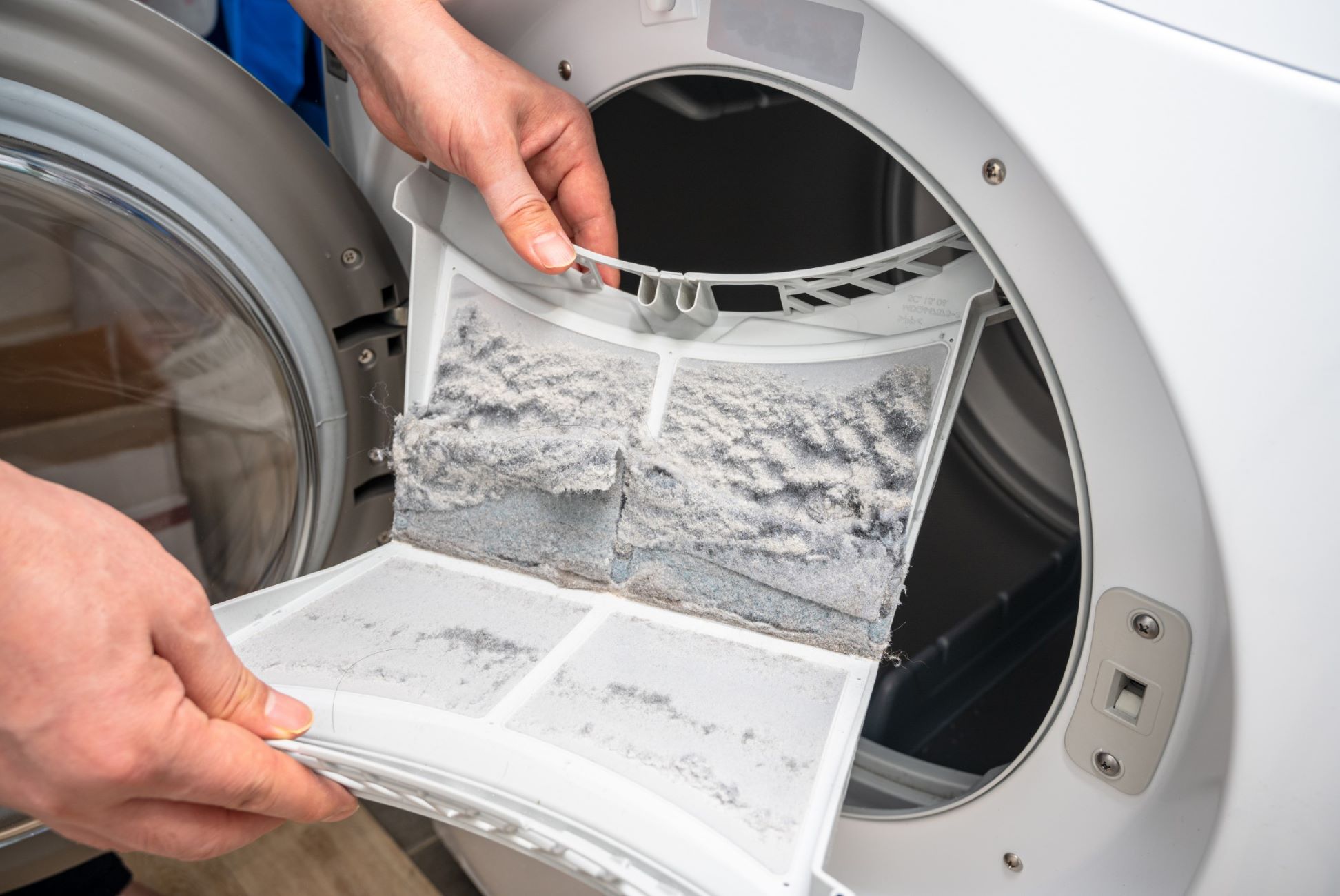
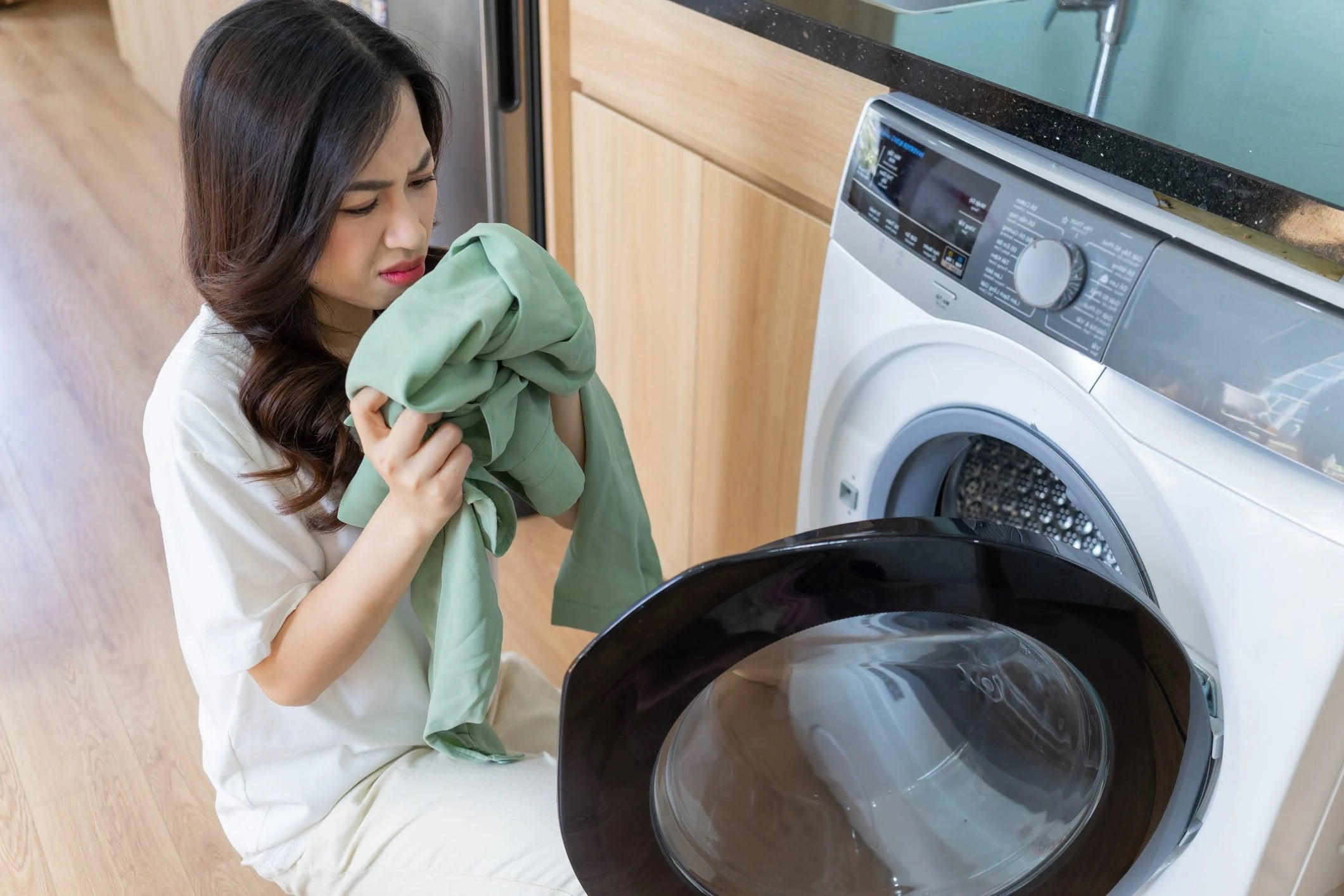


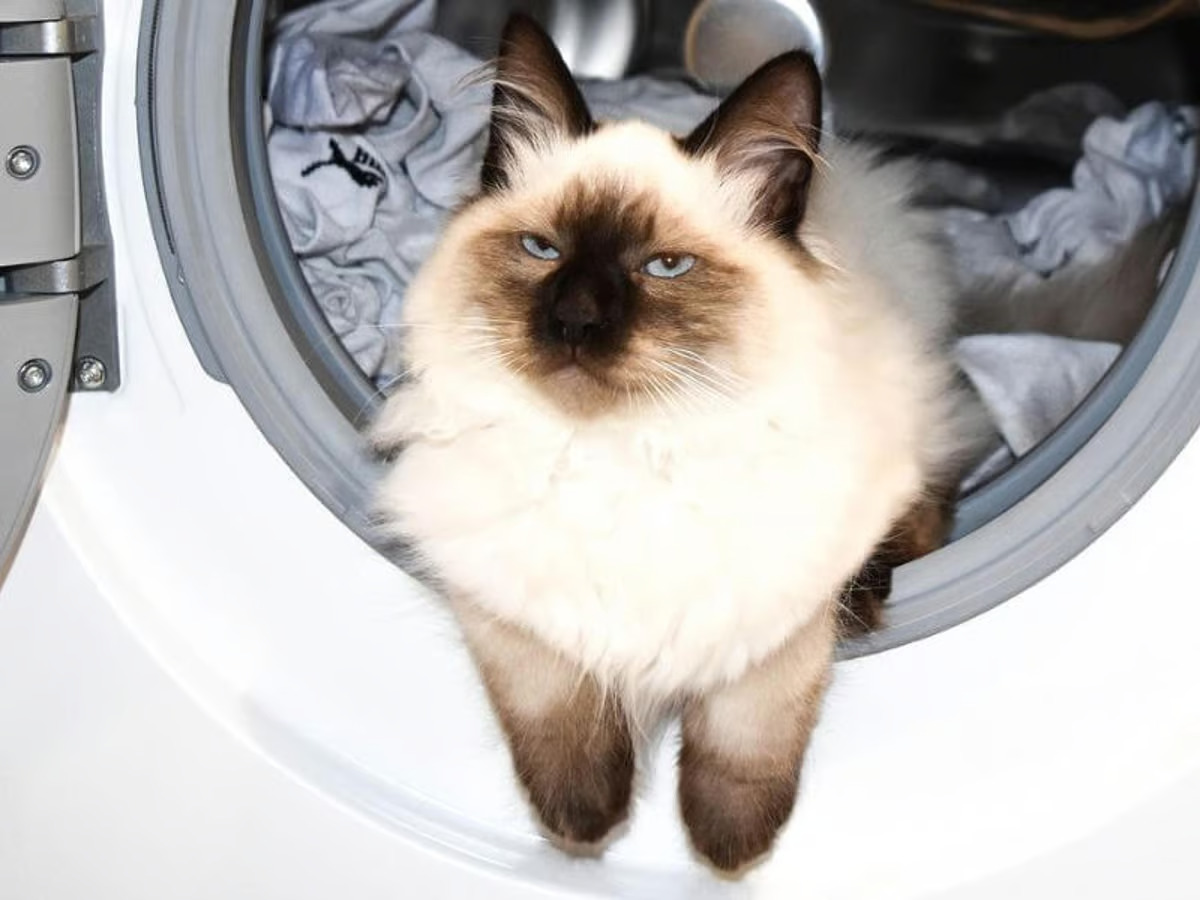
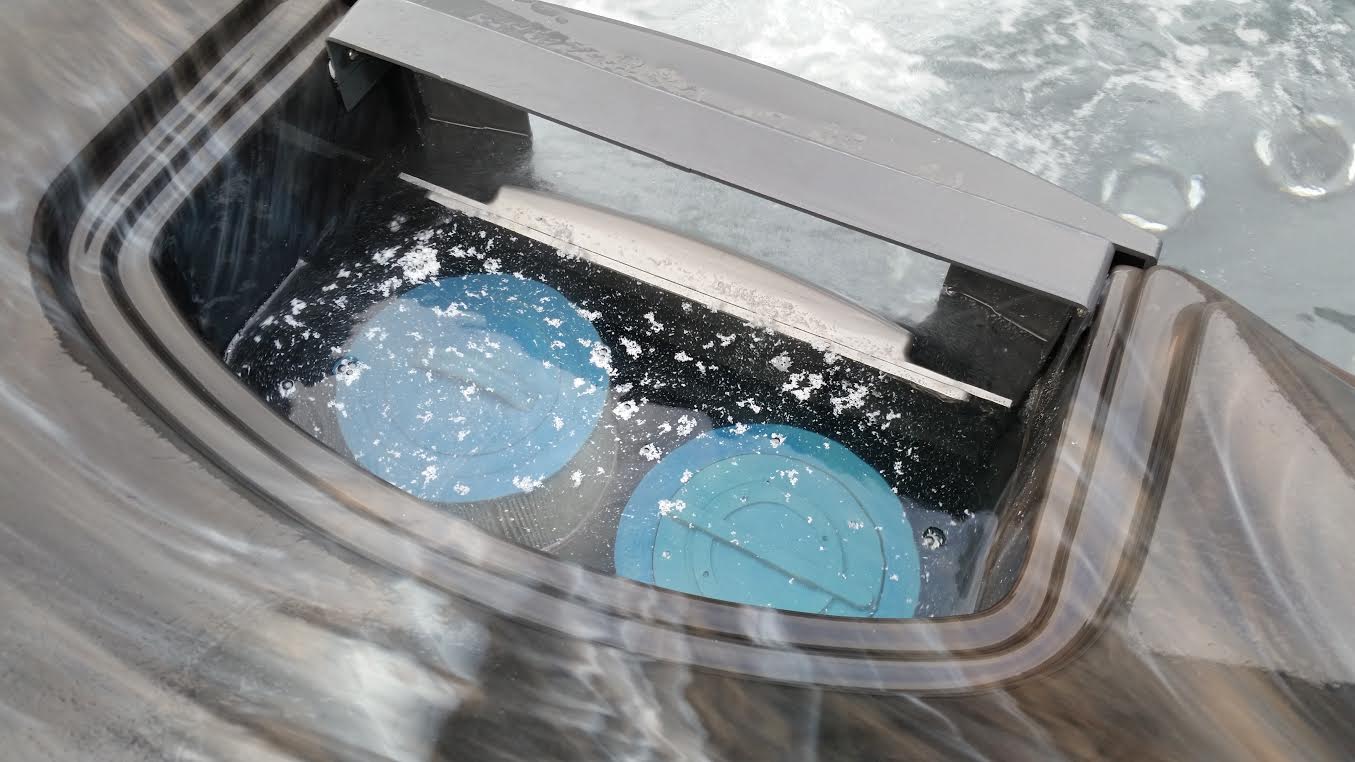
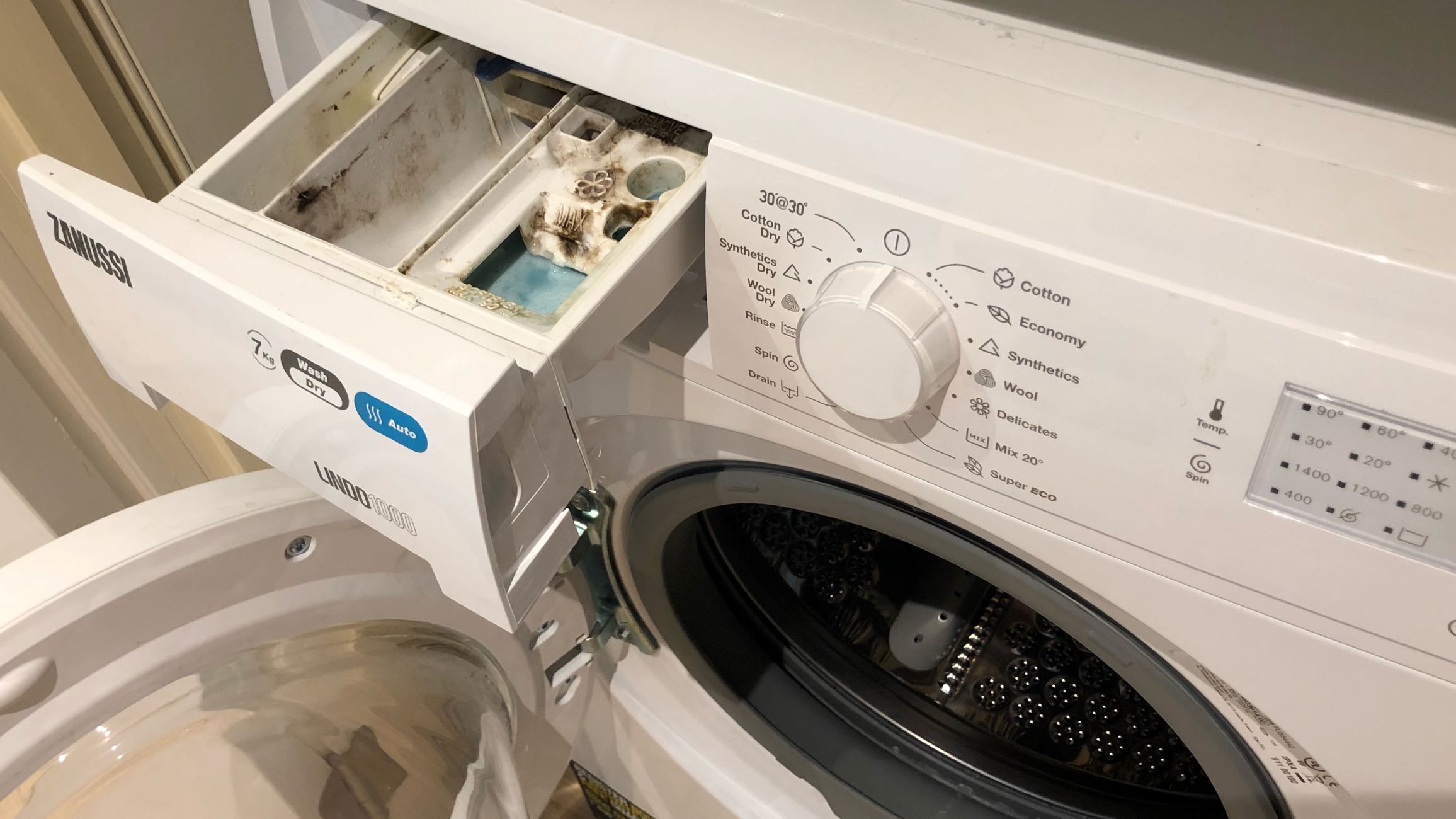
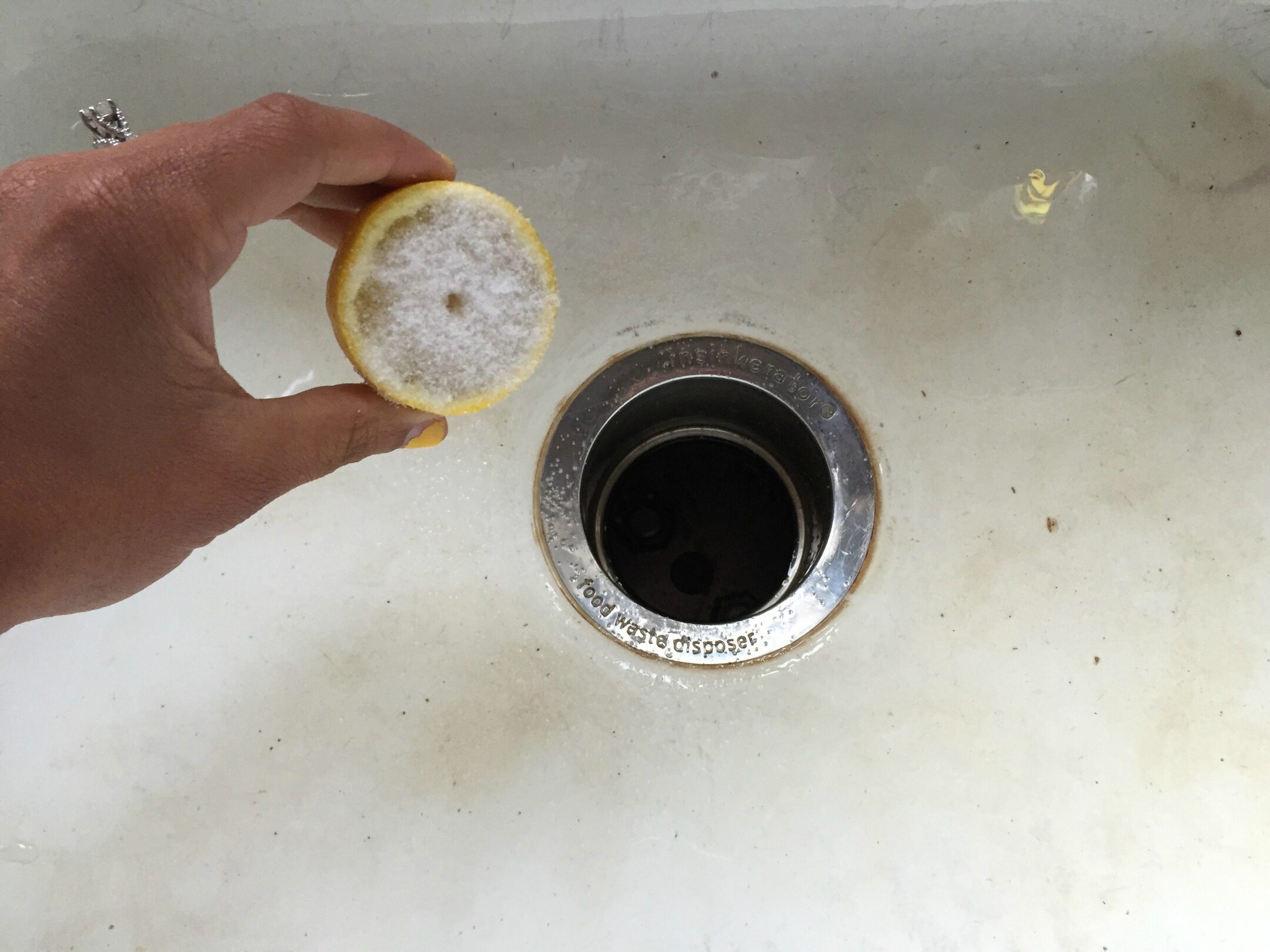
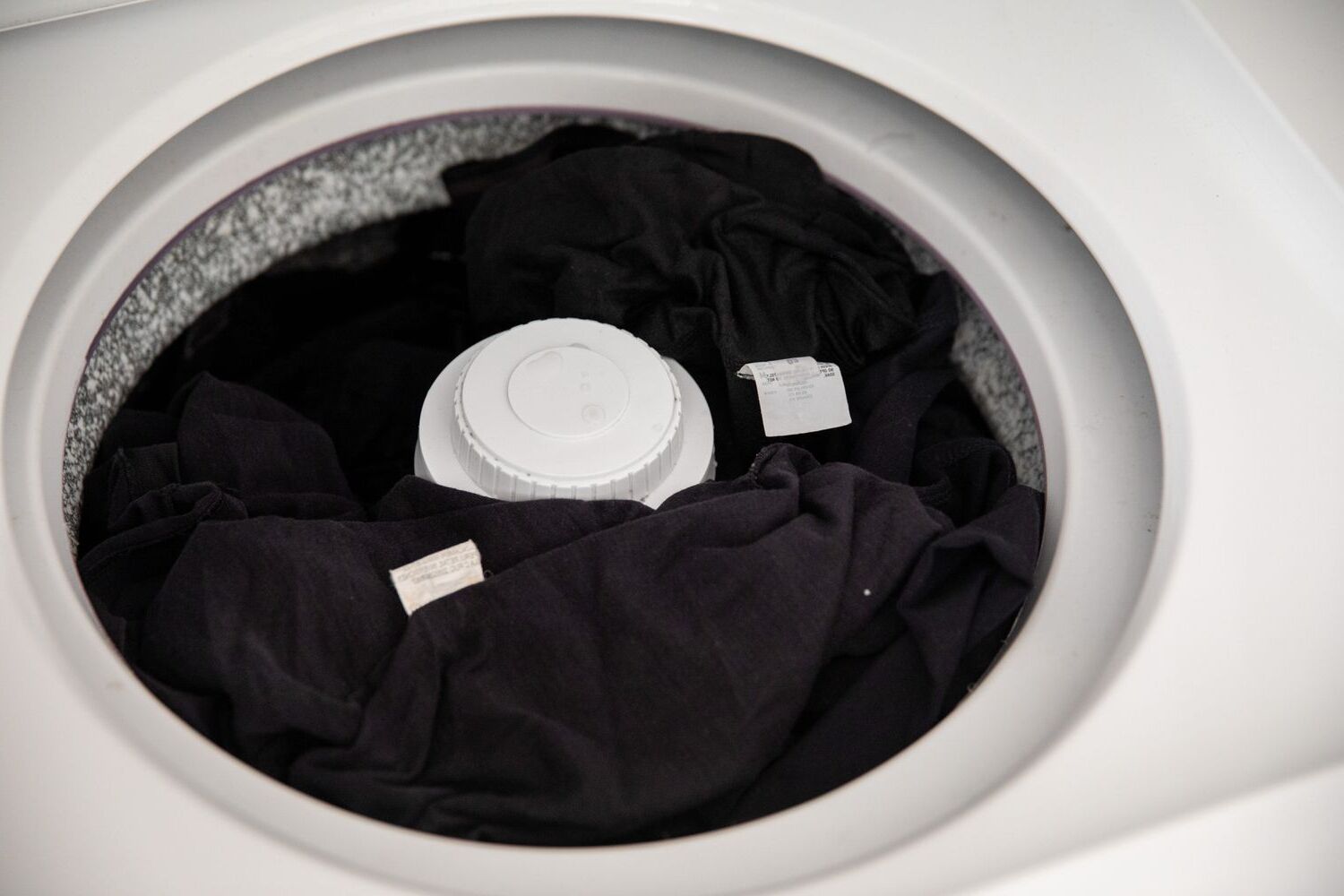
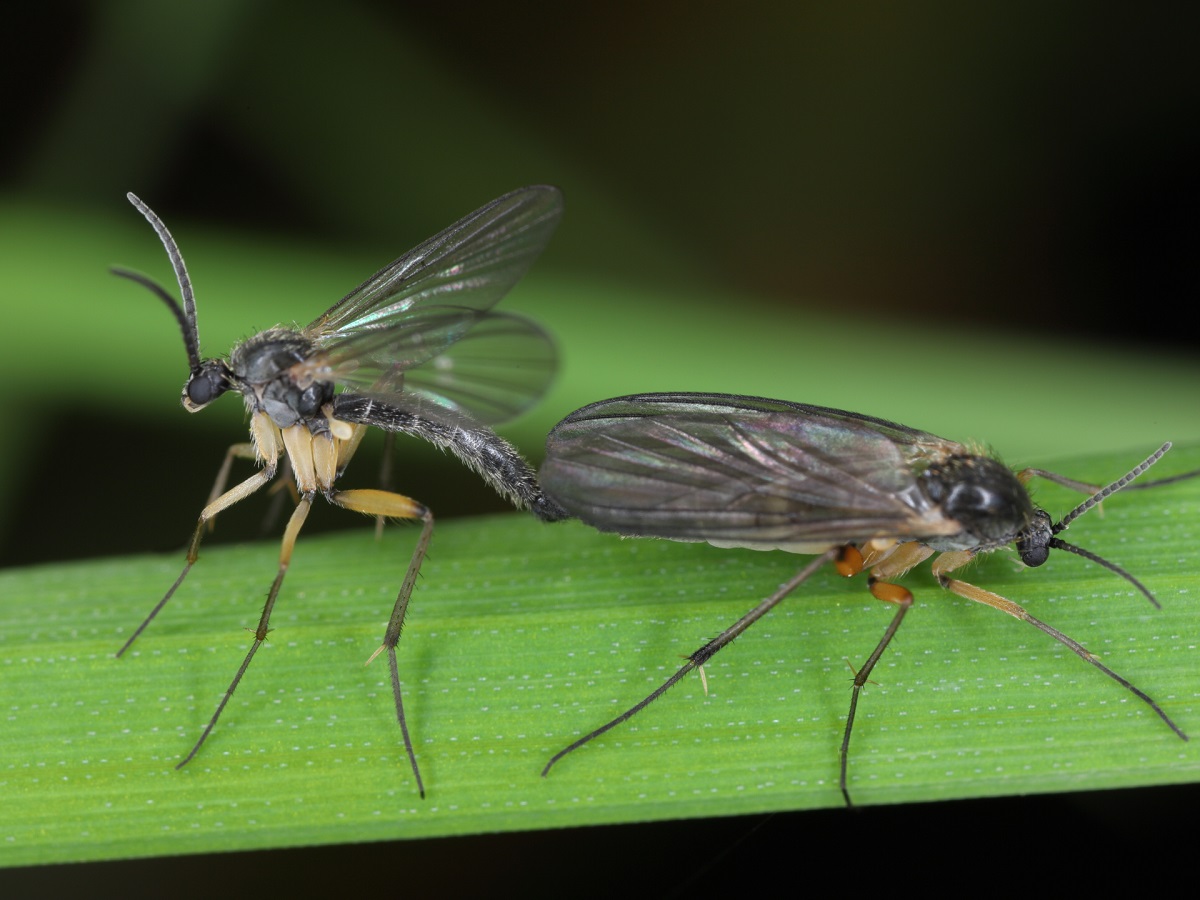
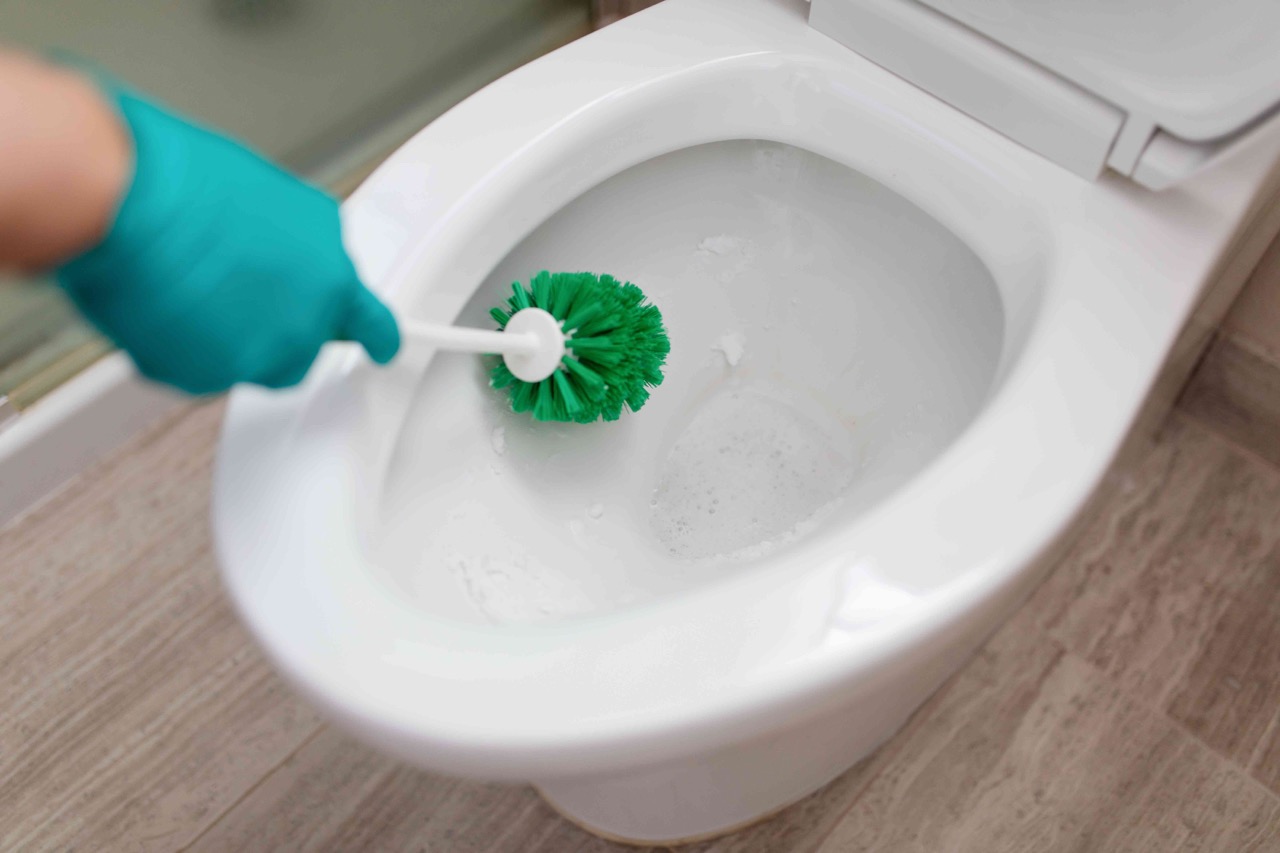
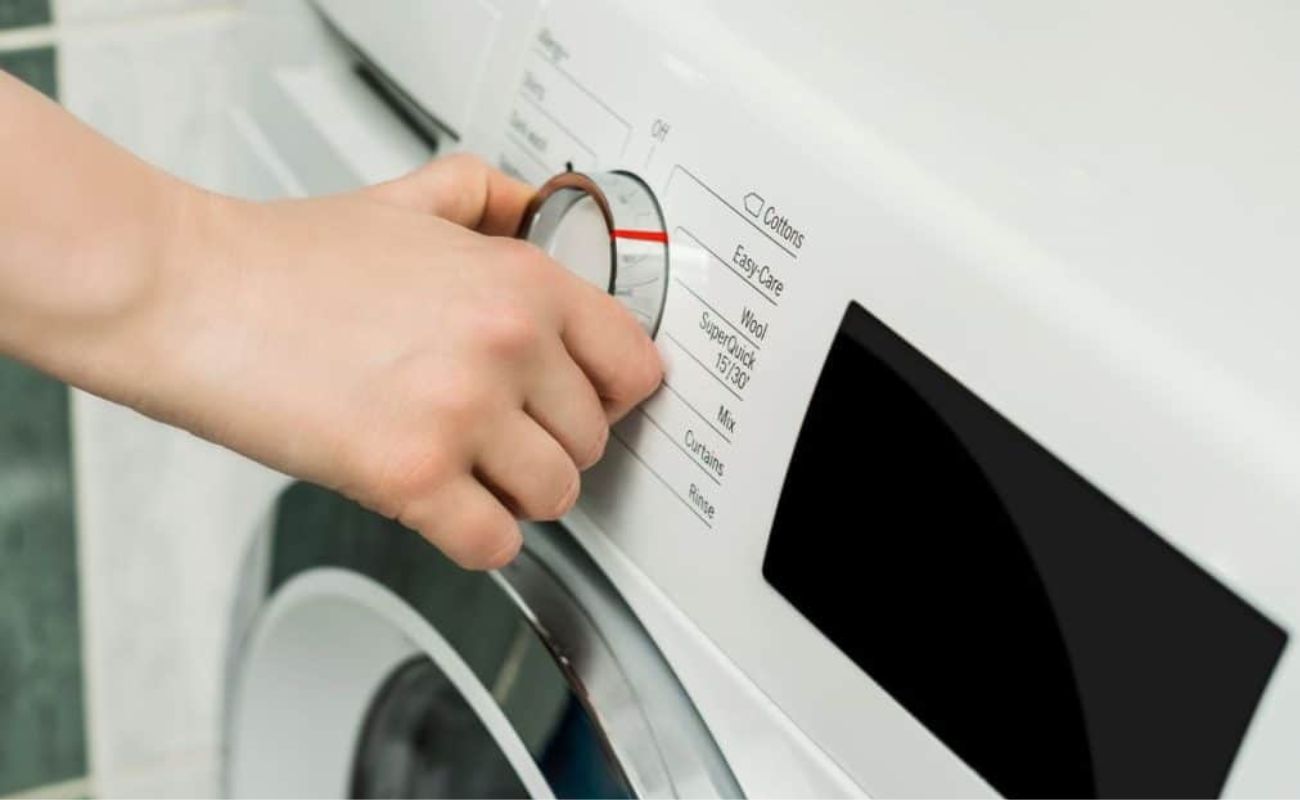

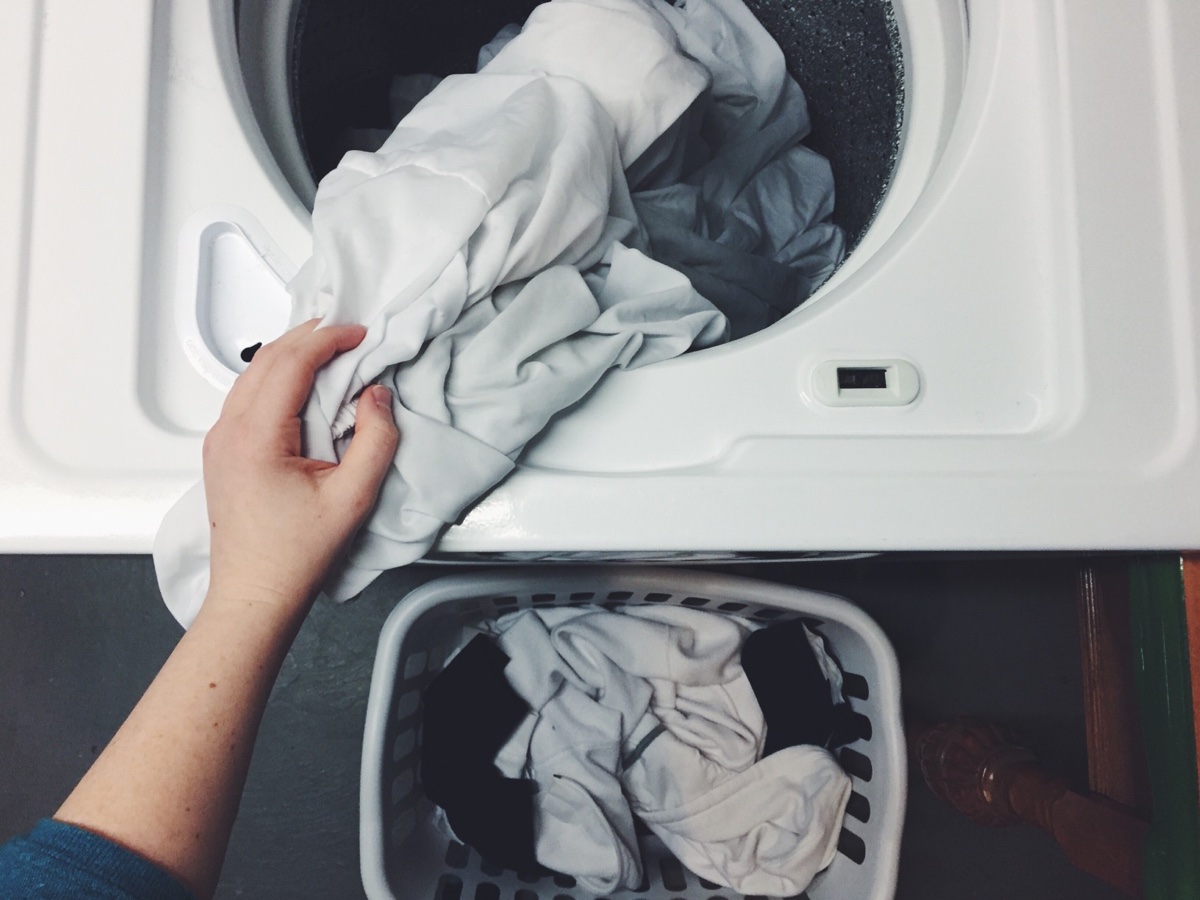

0 thoughts on “How To Get Rid Of Black Flakes In A Washing Machine”